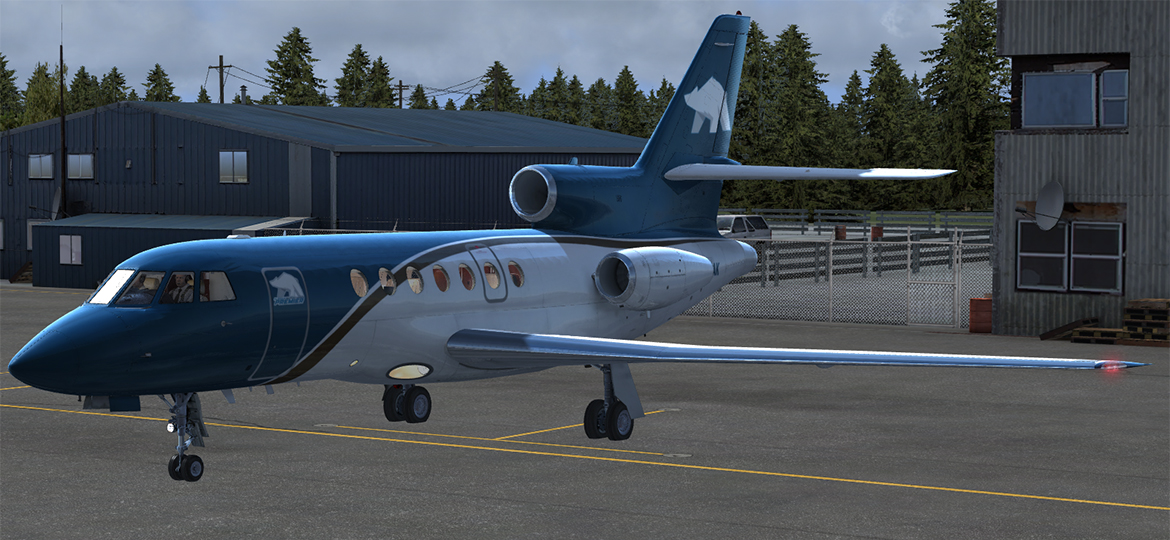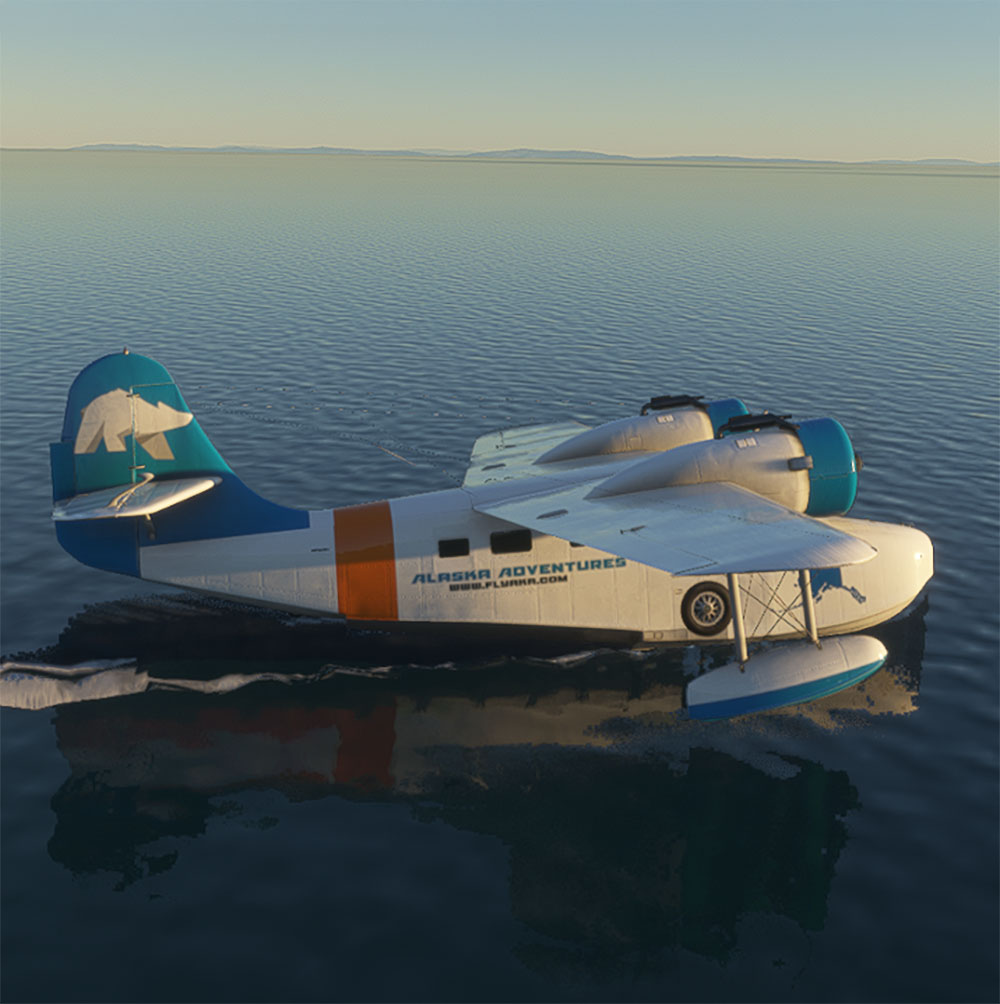Dassault Falcon 50

Aircraft Description
The Dassault Falcon 50 is a French super-midsize, long-range business jet, featuring a trijet layout with an S-duct air intake for the central engine. It has the same fuselage cross-section and similar capacity as the earlier twin-engined Falcon 20, but was a new design that is area ruled and includes a more advanced wing design.
The first prototype flew on 7 November 1976, with French airworthiness certification on 27 February 1979, followed by U.S. Federal Aviation Administration certification on 7 March 1979. Dassault developed a maritime surveillance and environmental protection version as the Gardian 50.
The Falcon 50 was later updated as the Falcon 50EX, the first of which flew in 1996, and the last of which was delivered in 2008. The Falcon 50EX features improved engines and other enhancements to give further range improvements to an already long-range jet. The Falcon 50EX designation applies to serial numbers 253–352, which marks the end of the production line for the Falcon 50/50EX
Successors to the Falcon 50 are the Falcon 7X and the Falcon 900 featuring a larger fuselage and the same three-engine arrangement. Dassault announced in January 2008 what is essentially a replacement aircraft for the Falcon 50, codenamed the "SMS" (Super Mid Size). The basic design process, including engine selection, was supposed to be completed by early 2009. However, in a June 2009 press conference, CEO Charles Edelstenne said that all design choices had been reopened and the goal was extended to the end of the year.




